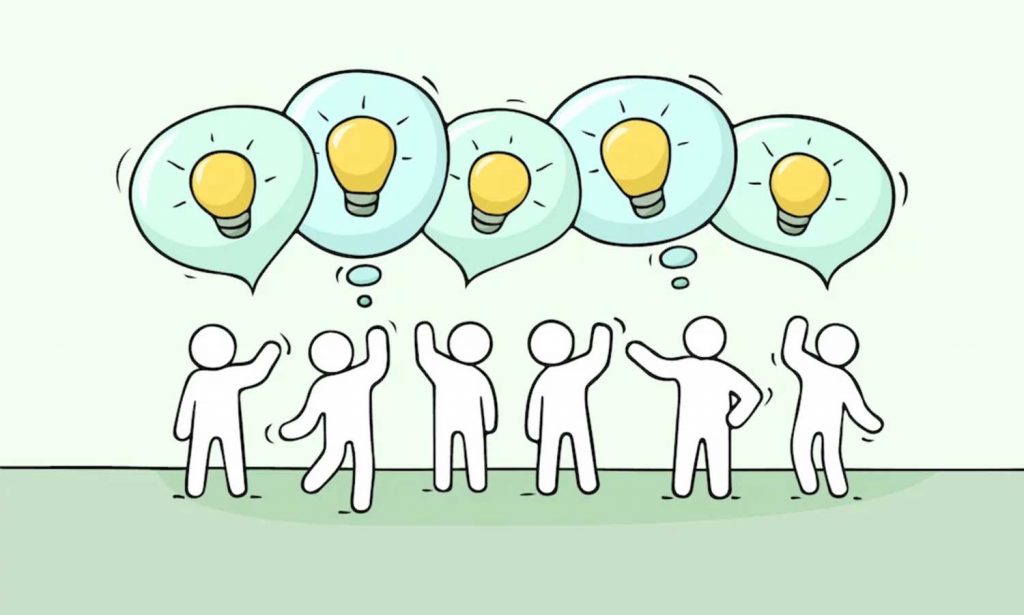
18 Mar 7 Ways to Spark Creative Ideas When Working from Home
7 Ways to Spark Creative Ideas When Working from Home
Creativity and innovation are not options in the workplace.
To become a top achiever at work every day, you need to unleash your creativity with inspiration and ideas.
As children, we have endless opportunities to play, explore and develop our creativity.
In the workplace, things are pretty complex and different.
Being creative at work goes beyond pretty notice boards and colourful presentations.
Employers need to look for ways to keep up with the needs and desires of their employees.
Thanks to the pandemic, most people are working from home today.
While our homes are safe, convenient, and predictable, they can shelter us from exposure to new experiences.
When working from home, you need to incorporate the following tips to change how you think and ignite your creativity.
But first, let’s define creative thinking and its benefits.
Defining creative thinking
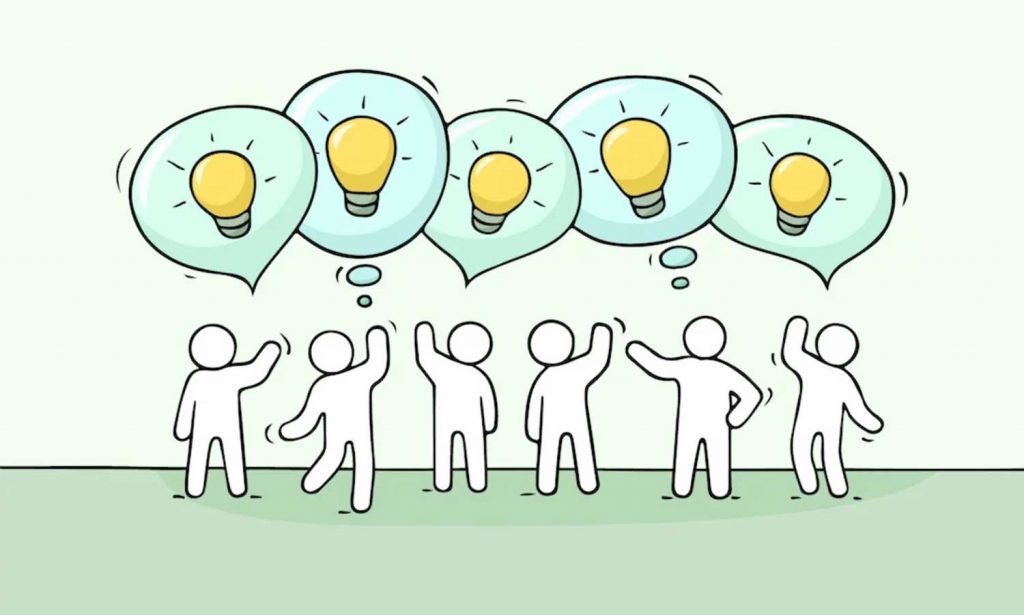
According to the Business Dictionary, creative thinking is a way of looking at situations from a new perspective that suggests solutions that might look unsettling.
Creative ideas are stimulated by both structured and unstructured processes such as brainstorming and lateral thinking.
Therefore, creativity is the ability to come up with new things out of what the environment presents.
You can look at different angles and perspectives to a solution.
This leads to new solutions that weren’t there or the realisation that an issue doesn’t need a solution at all at the moment.
Benefits of creative thinking
Most people don’t care about new angles or solutions because the human mind tends to go the shortest way.
You’ve probably been in a situation where you learn about a single piece of information at a time and use it.
This way of thinking has its perks and drawbacks.
This especially applies to problem-solving.
Creative ideas are needed in such situations because it encourages the mind to go out of the linear thinking mode.
It encourages you to look at perspectives and open up to new solutions.
Creative thinking is essential for the following reasons too:
Creativity provides freedom
Creating something new allows you to engage with the people around you without judging yourself.
It’s similar in many ways to how you felt as a child.
Likely, you didn’t care much about other peoples’ thoughts and opinions.
Creativity enhances self-awareness
We think authentically when we use our thoughts, beliefs, and emotions.
While this may create biases, you can learn to set them aside and learn more about yourself.
Boosts confidence
At the moment, you might not be presenting any creative ideas, or someone might be shutting down your ideas.
When you tap into thinking, you can build confidence in your creative ideas and contribute to your team at large.
Save resources
Expressing yourself can help in controlling the urge to buy on impulse.
By trading the consumption activity for creating, you’ll not only save money but also get some sense of fulfilment.
Further, the more you learn to make things for yourself, the less money you’ll require in the long run.
Essential creative thinking skills
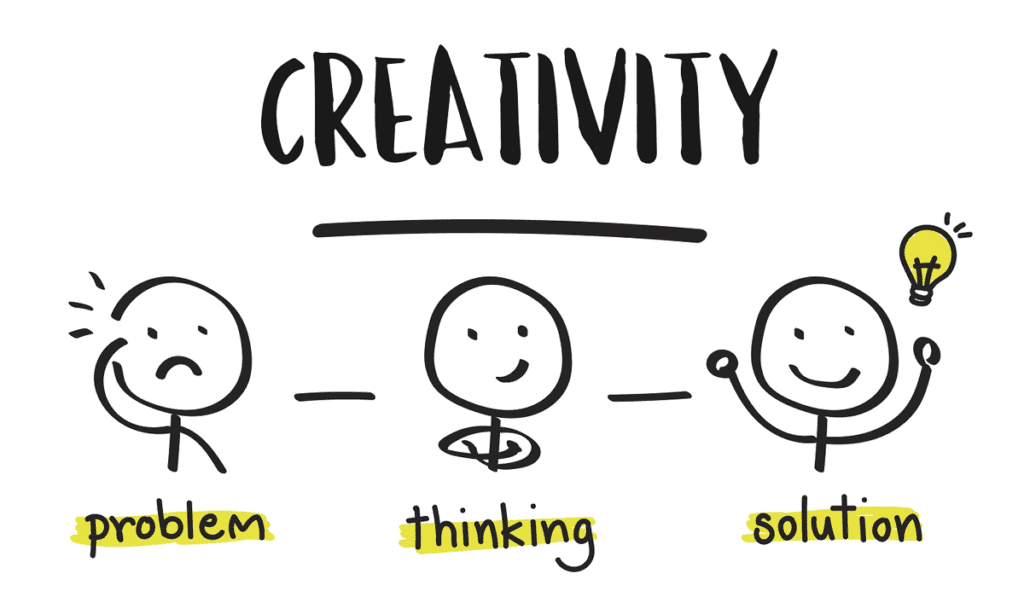
Creative thinking is a skill.
And like any other skill, it can be developed and improved through consistent action and time.
Anyone who develops creative ideas can improve their lives and the people around them.
Since anyone can learn this, there is no proper method or specific skills that you need.
However, here are some of the skills that complement creative thinking:
Perception and empathy
Are you surprised that these complement creative thinking skills?
Being empathetic and perceptive goes hand in hand with creative thought.
The ability to read the mood of a discussion or meeting you are having will significantly benefit you.
This is essential because there are specific times and places to share brilliant ideas.
You might find an opportunity to share ideas when:
- You are dealing with a significant problem but can’t seem to find a way to solve it.
- During changing times when the future seems more uncertain than usual. And you are thinking of the possibilities.
- When there is a divide between what people think will happen in the future, it’s needed when no compromise can happen without lots of effort.
- When a new thing is needed but hasn’t been tested before
Empathy plays a critical role in the presentation of a particular idea.
Maybe in your team, people are not receptive to new ideas.
However, there is always that one guy who always has great plans, and people depend upon.
Empathy is allowing that guy to own and be the voice behind their ideas.
In such a scenario, you build upon empathy and the fact that your idea will prevail in someone else’s hands.
Analytical
Analytical skills will help you understand lots of situations outside the social environment.
The ability to read the text and have a deep understanding of what they mean will serve you in many different ways.
We’ve found that the first step to coming up with creative ideas is taking in information and digesting it differently.
Being able to analyse the information is the first step towards the creative ideas process.
Open mind
After taking in the information, you need to have an open mind.
This means that you need to set aside your assumptions or biases and encourage yourself to look at problems in a new way.
Assumptions and biases are common mental barriers that you’ll face.
Looking at other barriers usually comes that way of thinking.
Another example of limitations is that you think of a problem logically, or those creative ideas break the rules somehow.
Assumptions and biases limit because you need to have an open mind to succeed.
All successful entrepreneurs in the world had to break specific rules in their lives to get ahead.
You can do the same within your team.
Organised
Most people tend to think that creative thinkers aren’t organised.
We’ve seen lots of pictures of great people with messy desks and tables.
But that’s not the case.
Being organised plays a critical role in that it allows you to organise your ideas better.
Apart from that, it helps in presenting your ideas well.
When presenting ideas, it’s similar in many ways to a speech.
There ought to be a vision and structure that’s easy to follow and understand.
Further, if your idea is accepted, you’ll need to formulate a plan, set goals and specific deadlines.
Being organised will help you stay prepared for anything.
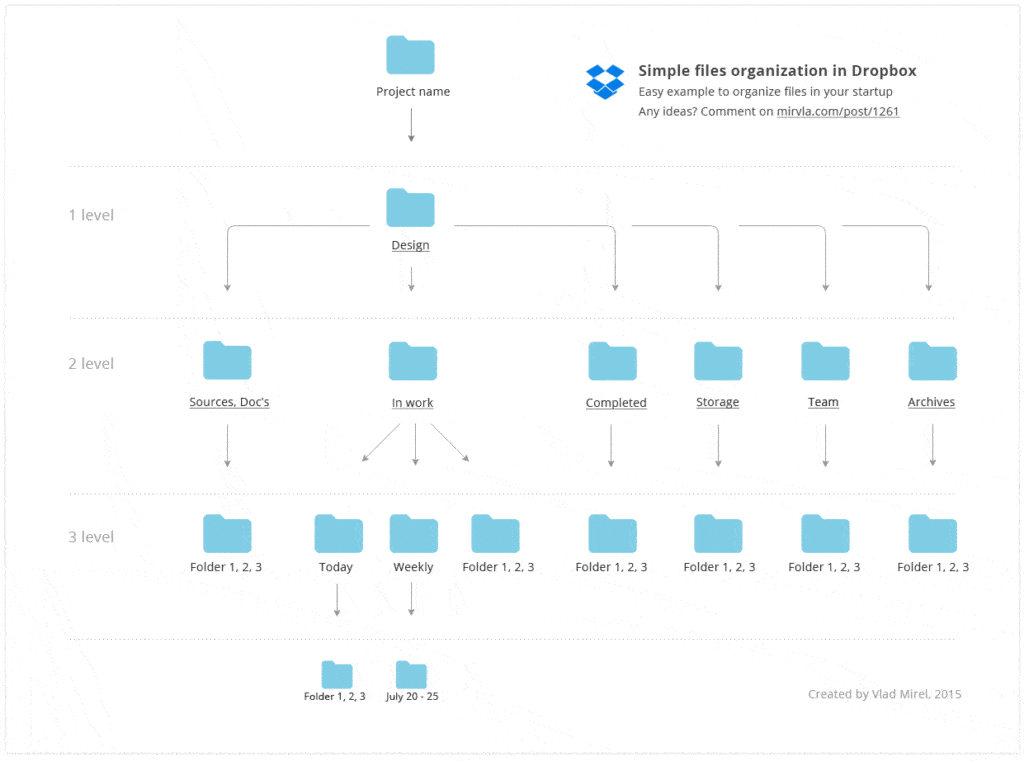
Communication
Communication plays an integral role in boosting creativity.
You can’t sell your ideas to an individual or group if you can’t communicate clearly.
This applies to both verbal and written communication skills.
You need to understand your current situation.
This means you need to be a keen listener and know the questions to ask.
Dissect ideas
The last skill on our list is challenging, but one that will pay off in spades.
Sometimes, creative thinking means taking different sides and merging them.
This is important because, in most situations, creative ideas might not satisfy a problem or goal.
An idea might be terrible, but there are likely a few pieces of information.
The ability to look at ideas and break or dissect them is a great skill.
This can easily in solving disputes and finding a middle ground.
Examples of creative thinking
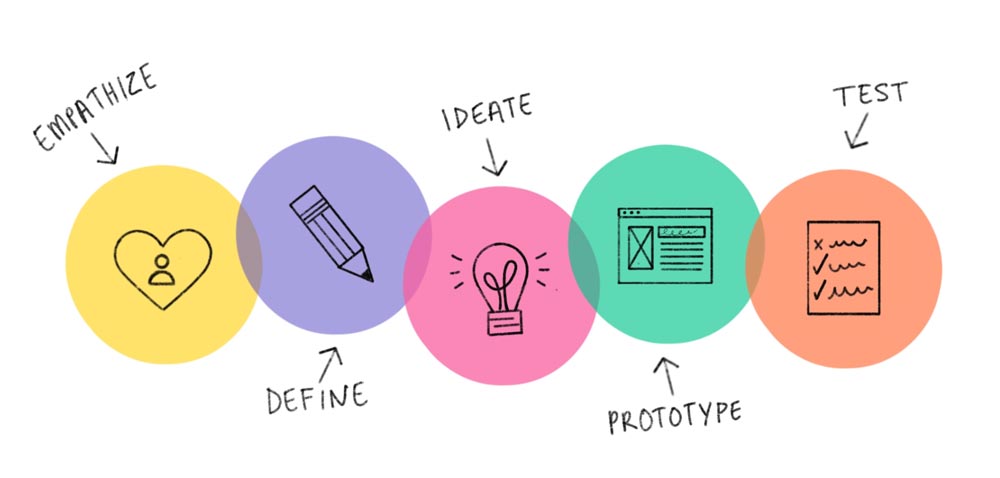
The list of creative thinking is endless in the workplace.
In most situations, these examples will boost creativity and encourage you to try out new things.
These include:
- Writing on mimy blog, journal, or social platforms
- Designing a logo or a webpage layout
- Brainstorming project ideas
- Finding procedures to improve product quality
- Creating a test or quiz from scratch
Ways to spark creative ideas
Here are some of the best ways to ignite your creativity while working from home:
New location and connections
Start your work week by changing your work environment.
Research studies have shown that creative ideas require the brain to make new connections in different regions.
It’s when we link two regions that we generate new insights.
To create connections in your work, you need to expose yourself to a different environment.
If you can leave your home comfortably, get out of the coffee shop and work from a new location.
This could be on a university campus or museum café.
If you have to work from home, change your workspace and set your work area in a new and unexpected place.
This means working from the laundry room, kitchen, or patio table.
When you learn new information in an environment full of distractions, you’ll allow your subconscious mind to process the data quickly and surprisingly.
This will help in laying the foundation of creative ideas.
Noisy work and creativity
When you are thinking of solving a particular problem at work, you may consider hunkering down in a quiet location and focusing on the task at hand.
You’re mistaken.
Creativity is ignited when you get distracted from focusing on a particular task.
When distant associations are generated, they pave the way for out the box thinking.
A Chinese university found out that noise at a moderate level facilitates creative thinking.
When you are trying to complete a specific task, working in conditions with moderate noise will boost your performance.
Even as you work from a quiet room, you can mimic this by using great tools such as Coffivity.
The site allows you to set the level of background noise to stimulate creativity.
Disrupt your thinking
When solving a problem, your brain follows a routine automatically.
And in most cases, it’s the lazy pattern.
Random triggers are powerful because they help in creating new connections.
This ability is referred to as associative thinking. And it’s an essential skill of every creative thinker.
Finding triggers at home is easy.
You can pick random words from an image on Instagram, a magazine, or a song from your Spotify playlist.
Using random prompts is one of the best ways to boost your creativity and performance.
Practice creativity during lunch
As you work from home, you’ll probably realise that lunchtime is relatively mundane and routine.
Throwing together a simple salad or heating last night’s leftovers to eat quickly and continue working on your tasks.
You can use this short break to stretch your creative muscles and prepare a good meal.
Creativity comes from ideas that merge, change and transform over time.
Exercising your brain to think about different ideas as you prepare lunch will pay off in spades.
Think of ways to improve a specific meal by changing the ingredients.
Being creative with your lunch preparation will teach your brain to transform different ideas.
You’ll start implementing the same techniques at work through problem-solving.
An intentional approach is needed while working from home.
Give side projects your attention
To spark creativity, you need to give yourself enough time to work on your side projects.
It will encourage you to think freely and come up with brilliant ideas.
One of the best companies that you should emulate in this area is Google.
Google encourages its employees to invest resources in their side projects.
Employees get an entire workday or 20 per cent of their time to work on projects of their choice.
This program empowers people, encourages new ideas in the workplace, and builds trust.
The side project idea works quite well in other top organisations in the world.
Brainstorm
It’s not easy to stimulate creativity in the workplace.
It would help if you brainstormed fresh ideas to stay focused and creative in the long run.
It would be best to make brainstorming a must in all your group activities to develop creative ideas.
When you do this, you’ll find several creative ways to solve unchecked problems in the workplace.
Team members might fail to open up because they fear that their colleagues or top management won’t support their ideas.
You can help your team members by cultivating a creative risk-taking culture and being receptive to new ideas.
Play games
You need to develop a list of the best workplace games that don’t require lots of time or resources at specific intervals.
The whole point of playing games during the workday is to improve relationships and address emerging issues.
It’s one of the best ways to boost your productivity, performance, and creative process.
Playing online games with co-workers can promote diversity and inclusion even as you work from home.
Conclusion
Sparking your creative ideas will not be difficult if you use the tips that we’ve discussed here.
We’d love to know which tip you are going to use with your remote team.
Author Bio: Charlie Svensson is a fast, engaging freelance writer. He is skilled in content writing and blogging. His posts’ favourite topics are education, social media, marketing, SEO, motivation, blogging, and self-growth. Excellent adaptability of skills to reach diverse audiences.



